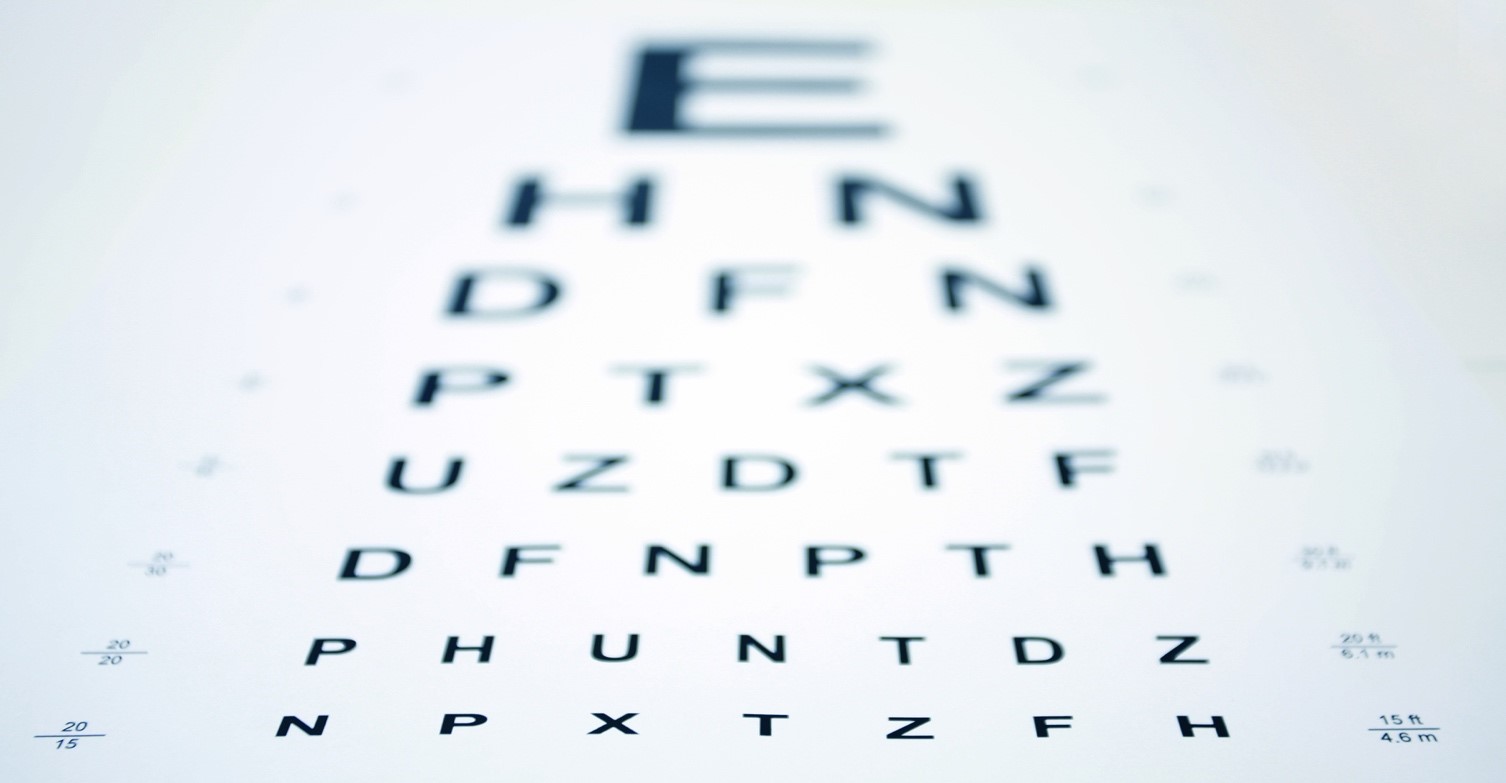In the UK, the term “6/6 vision” is often used instead of “20/20 vision” to describe normal eyesight. While the terminology differs, the concept remains the same: a measure of how clearly you can see at a specific distance. But what does 6/6 vision really mean? Does it signify perfect eyesight, or is there more to it?
In this blog post, we’ll explain what 6/6 vision is, how it’s measured, and why good vision encompasses more than just achieving that standard.
Understanding 6/6 Vision
6/6 vision describes normal visual acuity, which is the sharpness or clarity of vision at a specific distance. The term originates from the Snellen chart, used by eye care professionals to assess visual acuity.
- The first number (6) represents the testing distance in metres. In the UK, 6 metres is the standard testing distance for eye exams.
- The second number (6) represents the smallest line of letters a person can read on the Snellen chart from that distance.
If you have 6/6 vision, it means that at 6 metres, you can clearly see what a person with normal vision should see from the same distance.
How Is Vision Measured?
1. The Snellen Chart
The Snellen chart is commonly used in eye clinics. It features rows of letters, with a large letter at the top and progressively smaller ones below.
During an eye exam:
- You stand 6 metres away from the chart.
- You cover one eye and read the smallest line of letters you can see clearly.
- The process is repeated for the other eye.
2. Results Beyond 6/6
- Better Than 6/6 (e.g., 6/5): You can see at 6 metres what most people would need to be 5 metres away to see. This indicates sharper-than-average vision.
- Worse Than 6/6 (e.g., 6/12): You need to be 6 metres away to see what a person with normal vision can see from 12 metres.
Does 6/6 Vision Equal Perfect Vision?
Having 6/6 vision means your distance vision is normal, but it doesn’t account for all aspects of visual health. Other factors that contribute to overall vision include:
- Peripheral Vision: The ability to see objects outside your direct line of sight.
- Depth Perception: The ability to judge distances between objects.
- Colour Vision: The ability to distinguish colours.
- Eye Coordination: How well your eyes work together.
- Contrast Sensitivity: The ability to discern objects against a background, especially in low-light conditions.
Even with 6/6 vision, you could still experience issues like dry eyes, difficulty focusing, or underlying eye conditions.
Common Misconceptions About 6/6 Vision
1. It’s Not the Best Possible Vision
Some individuals have sharper vision, such as 6/5 or even 6/4. These levels exceed the standard for “normal” vision.
2. It Doesn’t Guarantee Healthy Eyes
Achieving 6/6 vision doesn’t rule out conditions like glaucoma, cataracts, or macular degeneration. Regular comprehensive eye exams are essential to assess overall eye health.
3. Glasses and Contacts Can Correct to 6/6
Most refractive errors, such as short-sightedness (myopia), long-sightedness (hyperopia), or astigmatism, can be corrected to achieve 6/6 vision with glasses, contact lenses, or surgery like LASIK.
Why Is Measuring Vision Important?
Measuring visual acuity helps:
- Identify Vision Problems: Early detection of refractive errors or other issues.
- Monitor Changes Over Time: Regular testing allows tracking of any changes in vision.
- Ensure Functionality: Clear vision is vital for driving, reading, and other daily tasks.
Tips for Maintaining Healthy Vision
While achieving or maintaining 6/6 vision is important, overall eye health requires consistent care. Here are some tips to protect your eyesight:
- Have Regular Eye Tests: Visit your optometrist every 1-2 years, even if your vision seems fine.
- Use the 20-20-20 Rule: Every 20 minutes, look at something 20 feet (6 metres) away for 20 seconds to reduce eye strain.
- Wear UV-Protective Sunglasses: Shield your eyes from harmful UV rays outdoors.
- Follow a Healthy Diet: Include foods rich in vitamins A, C, and E, and omega-3 fatty acids.
- Use Corrective Lenses as Needed: Ensure your glasses or contact lenses are up-to-date.
- Avoid Smoking: Smoking increases the risk of eye diseases like macular degeneration.
Final Thoughts
While 6/6 vision is a standard measure of normal visual acuity, it’s only one part of overall eye health. Regular eye exams, proper eye care, and early detection of issues are vital for maintaining clear vision and healthy eyes.
If you’re unsure about your visual acuity or want to ensure your eyes are in optimal condition, book an eye test with your optometrist. Remember, your vision is invaluable—take steps to protect it!
Book a home test today
Fill in the form to request a home eye test, and one of our team will be in touch
If you have any questions, please call us on
Our other blogs
